In the early 2000s, the Oakland A’s, led by General Manager Billy Beane, turned to a concept dubbed “Moneyball” in an approach to compete with higher-payroll Major League Baseball teams.
That approach defined the next 20-plus years of ballplayer evaluations, turning each player into a data-rich repository that, if parsed correctly, could cobble together a championship roster.
As supply chain leaders continue to push for greater influence within the C-suite, many still find themselves viewed through a dated lens—as cost managers rather than strategic growth drivers. That perception, according to Al Mendoza, business consulting principal at EY, needs to change.
“We recently did an analysis at EY and we found that of the C-suite, 89% still classify supply chain as a cost center,” Mendoza tells Supply Chain Management Review. “We found that they said that about 70% of companies are almost back in their pre-pandemic mindset around thinking of supply chain as once again where the most cost is and then driving costs as opposed to customer satisfaction, enabling growth, and driving innovation.”
It's time to turn the supply chain into the early version of the Oakland A’s. Rich with data, supply chain managers have the opportunity to create a narrative around the value of each of their key functions. Companies like Procter & Gamble have done it by focusing on a concept called “One Supply Chain.”
The long journey of data
Speaking at the Gartner/Xpo Symposium in Orlando earlier this month, Mendoza say the disconnect goes deeper than perception—it extends to measurement. Despite the abundance of data in modern supply chains, Mendoza says executives often struggle to turn that data into actionable insight.
“There is a long way from data to insight,” he noted. “We traditionally still measure supply chain in a way that really doesn't look at the growth and innovation agendas… you might look at OTIF, but you don’t look at the customer satisfaction portion of that. You might not look at how am I accelerating time to market… how [your] key partners… are driving innovation.”
And while it’s tempting to lay blame at the feet of the C-suite, Mendoza believes the burden to change the narrative falls squarely on supply chain leaders themselves.
“It is imperative that the chief supply chain officer … can really be able to articulate that story,” he says. “Even when supply chain is the aorta or the heart of something… the rest of the ecosystem in the organization comes and there are truly balanced and cross-sectional ways to look at that.”
It is the way Beane and Oakland attacked player evaluation. When star Jason Giambi leaves Oakland because the team can’t afford to pay top-of-the-market salaries, Beane explains that rather than replace Giambi, he focuses on “recreating the aggregate.” The team looked toward underlying analytics that many teams disavowed in favor of more traditional metrics such as batting average and home runs, and brought in multiple players that could replicate Giambi’s production.
Changing the mindset
In the supply chain, it is much the same approach. Rather than focus on traditional metrics like costs, focus on the many ways the supply chain can be measured and add value to the organization.
One key hurdle is mindset. Many supply chain executives rose through the operational ranks—tasked with moving goods from Point A to Point B, not evangelizing enterprise strategy. That legacy mindset, Mendoza notes, can be limiting.
“It wasn’t the norm to measure very differently,” he explains. “While they understand how they fit into other places, it goes to the old adage, ‘Tell me how you measure someone, I’ll tell you what they’ll do.’”
Too often, that measurement remains tied to costs. “At the end of the day, the easiest way to measure is cost and availability,” Mendoza says. “It becomes a story of, well, how can you perform just a little bit better at lower costs versus really going back to saying what does my client really care about?”
“It starts with supply chain officers and their organizations understanding how they tie into the greater strategy of the company. What are the things that they need to do with other functions to really bring transformational change?”
That narrow view hinders transformation. Mendoza emphasizes that building alignment—both strategic and cross-functional—is essential.
“It starts with supply chain officers and their organizations understanding how they tie into the greater strategy of the company,” he says. “What are the things that they need to do with other functions to really bring transformational change?”
Too often, Mendoza adds, companies invest in tools and technology but fail to invest in the change management necessary to make those investments stick. “The majority of these investments fail… because they underinvest on the change aspect necessary to be able to do that. When you don’t provide that kind of momentum, then companies are providing promises, not proof, and that should be the inverse. Chief supply chain officers need to provide proof, [not] hypothesis.”
News ways to win
Just as baseball found new ways to measure player value, Mendoza says supply chains must redefine how they assess their impact—especially in the face of increased competition for technology investments from finance, marketing, and other functions.
“After the pandemic or even during the pandemic, there was a lot of investment into supply chain, and now companies are asking where is that return on that investment?” he says. “One of our analyses has shown that 25% of the companies are still talking to their suppliers through emails and Excel… and then you ask yourself, why is there so little capacity in the value chain? It’s because… every company in some ways [is] continuing to share bad information.”
Technology, he notes, must become a strategic enabler—especially as companies consider reshoring or nearshoring manufacturing in response to tariffs.
“If manufacturing is going to come back to the U.S., there is no doubt that it’s going to be technology-enabled,” Mendoza says. “The best way to leverage [manufacturing] knowledge is to amplify it through technology … And once a computer is more cost-effective and can make better decisions than a human being, a human being will never be able to catch up.”
Supply chain shifts
In his March Supply Chain Management Review Insights column, columnist Larry Lapide argued that global supply chains need to shift from east-west to north-south.
“I’m hoping that the world blocs form around the concept of goods flowing primarily north-south and not east-west. That is: Africa as part of an EU-centered bloc; South America as part of the U.S.-centered bloc, and Asia-Pacific as part of the China and or U.S. & Japan-centered blocs. Today’s east /west global supply chains have too many long-supply routes due to outsourcing. North-south chains would have shorter domestic and near-shoring supply routes. This would be good for sustainability and climate change and foster greater real-time collaboration among trading partners in adjacent time zones,” Lapide wrote.
Mendoza also acknowledges that the structure of global supply chains may be fundamentally shifting—from east-west trade to more regional, north-south value chains.
“I know that EY research about two years ago kind of said the same thing—we’re going to have Europe and the Americas and we’re going to trade in these kind of regional pockets,” he says. “But what I would argue that even more is you need to live in a world in which that’s not true.”
The current tariff environment is making that more difficult. The uncertainty, Mendoza warns, makes long-term planning difficult.
“There are many companies now that [are] saying, let’s wait until things solidify in order for me to have a little bit better resolution before I make these decisions,” Mendoza says.
Still, he believes supply chain can and must rise to the occasion—and the CSCO must help the C-suite evolve its thinking.
“Everybody understands how important supply chain now is,” he concludes. “But unfortunate muscle memory has gotten us to go back to saying, okay, you were yesterday’s news. Unless that mindset really changes at the C-suite—and hopefully driven by the chief supply chain officer—then it’s supply chain’s fault for being just seen as a cost center.”
SC
MR
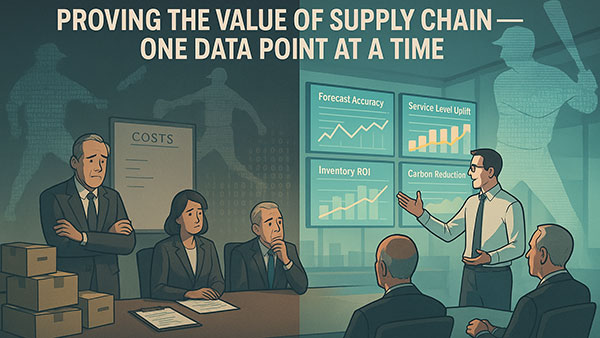

More Supply Chain Trends
- Moneyball approach can lift supply chains
- Balanced supply chain management Part 3: Changing how we make decisions
- Taking the temperature of the supply chain
- Keynotes from Procter & Gamble, Johnson & Johnson & Whirlpool execs highlight NextGen conference agenda
- AI liftoff delayed?
- More Supply Chain Trends
What's Related in Supply Chain Trends
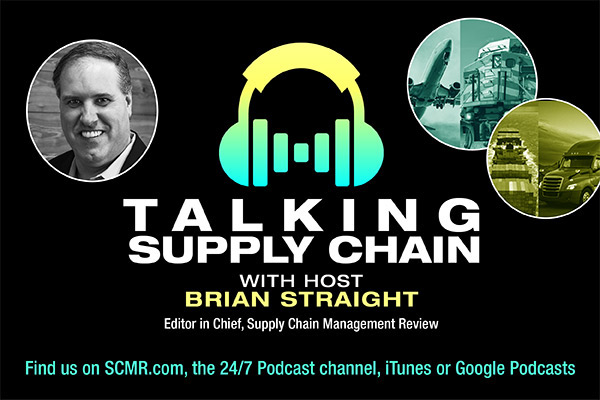
 Explore
Explore
Topics
Business Management News
- C.H. Robinson rolls out AI agent to address LTL classification overhaul
- Danone latest to announce new US investment
- From flight decks to fulfillment: A veteran’s supply chain journey
- Employee versus enterprise AI adoption
- Uber Freight’s Val Marchevsky to deliver Keynote at NextGen Supply Chain Conference
- Unlocking the green grid: Innovations for eco-friendly last mile
- More Business Management
Latest Business Management Resources
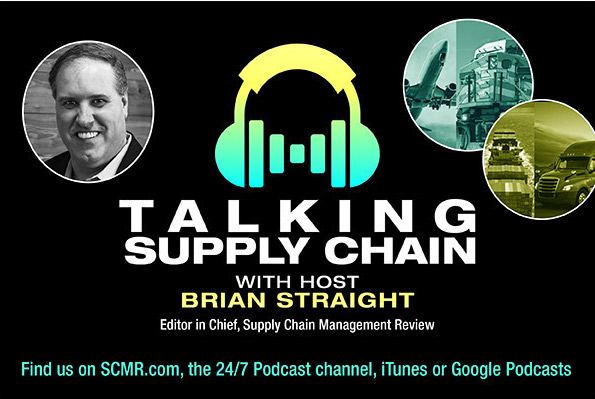
Subscribe
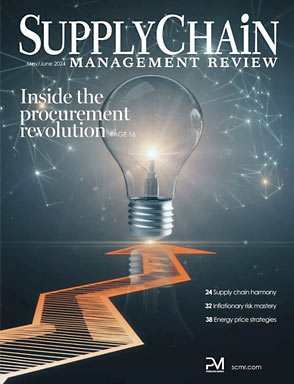
Supply Chain Management Review delivers the best industry content.
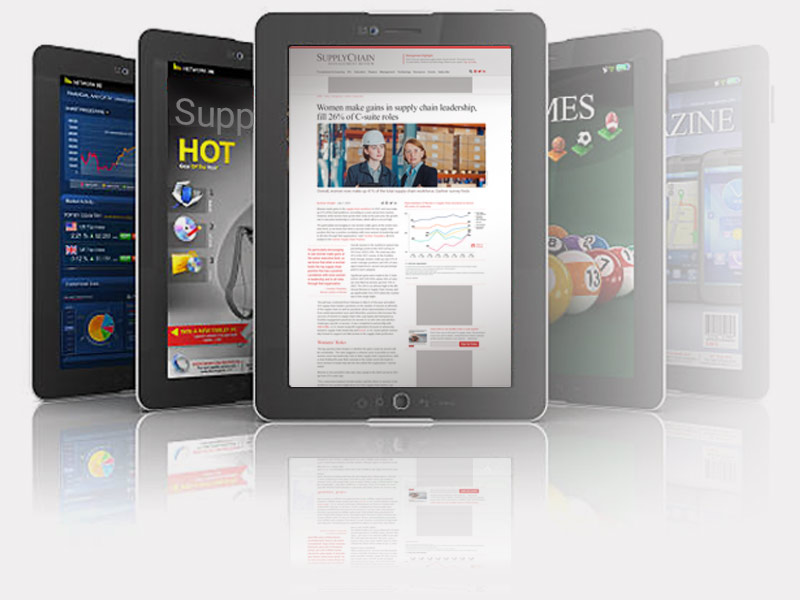
Editors’ Picks




